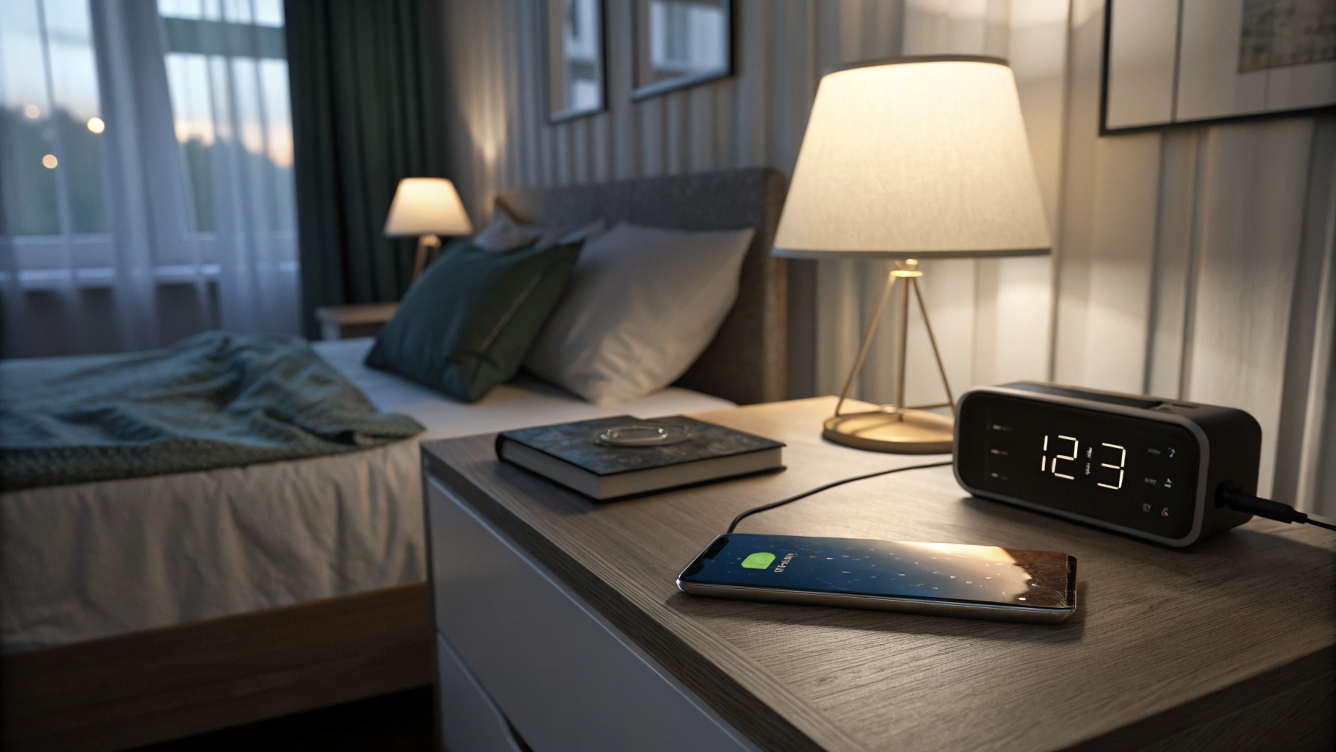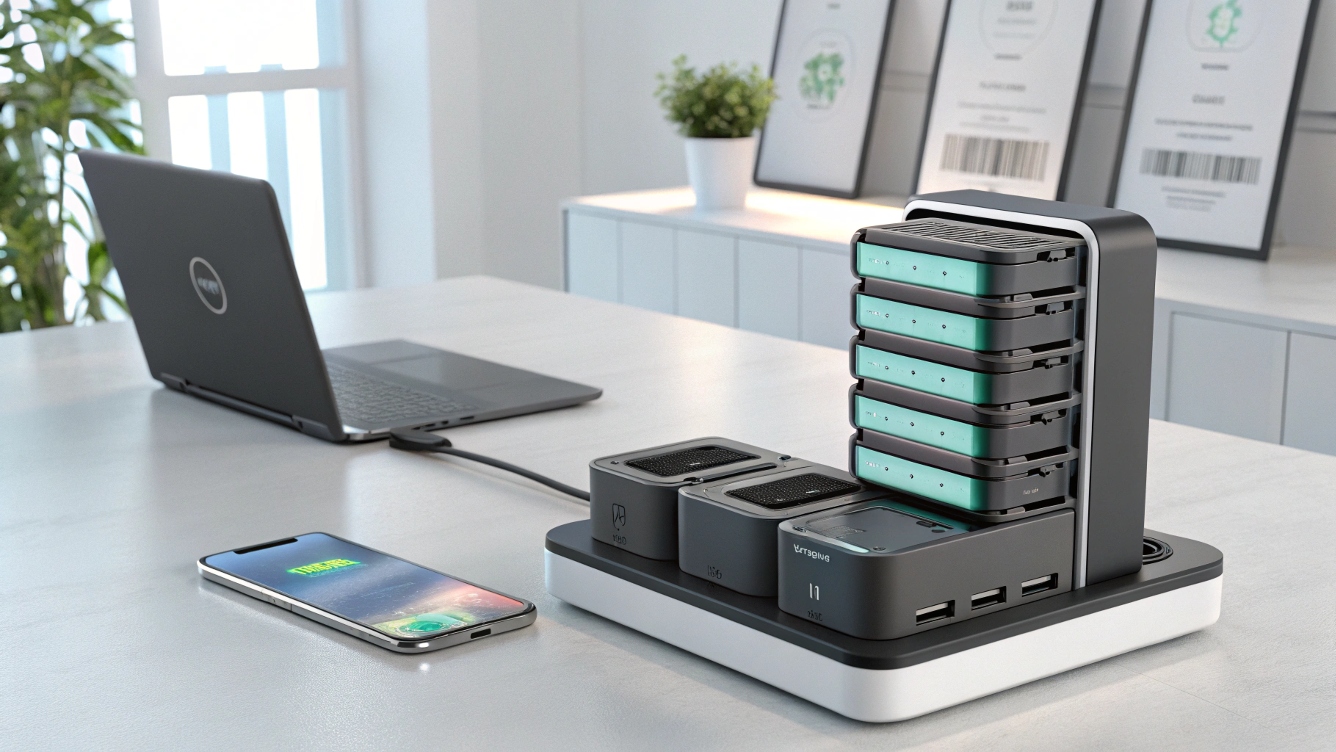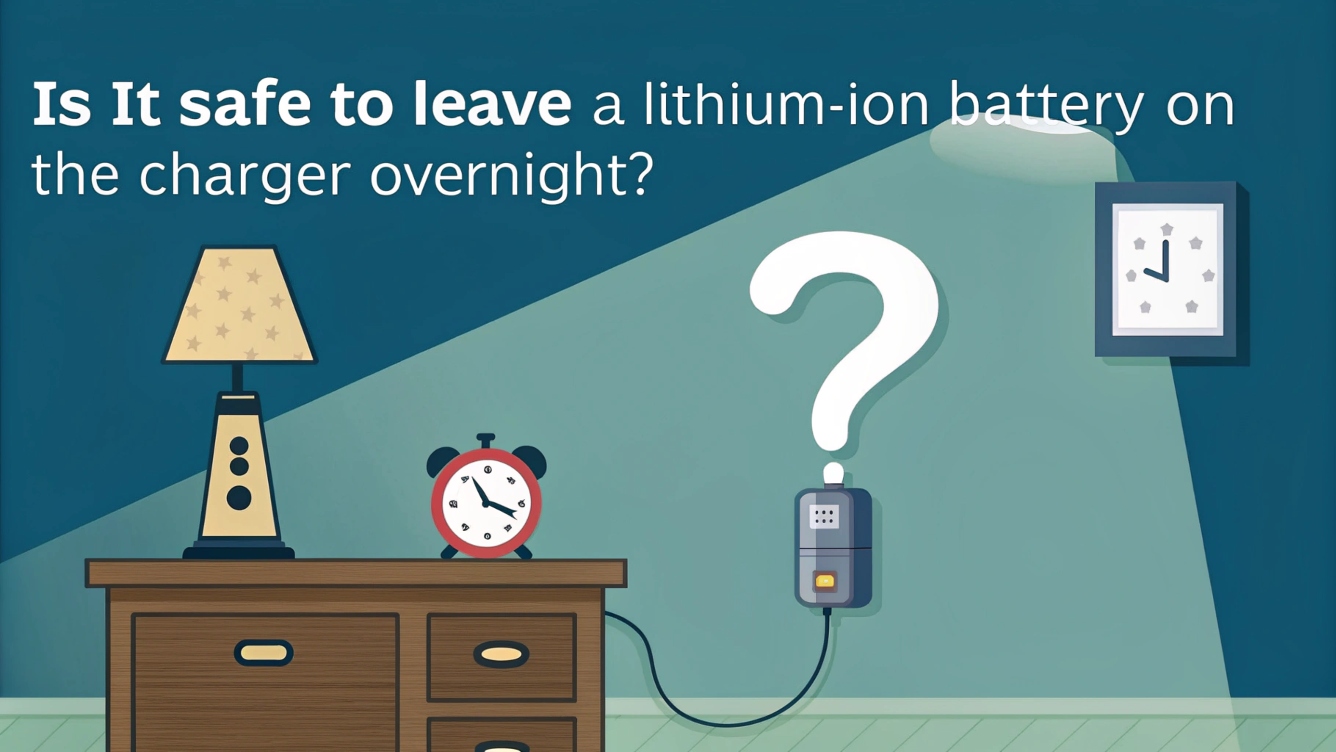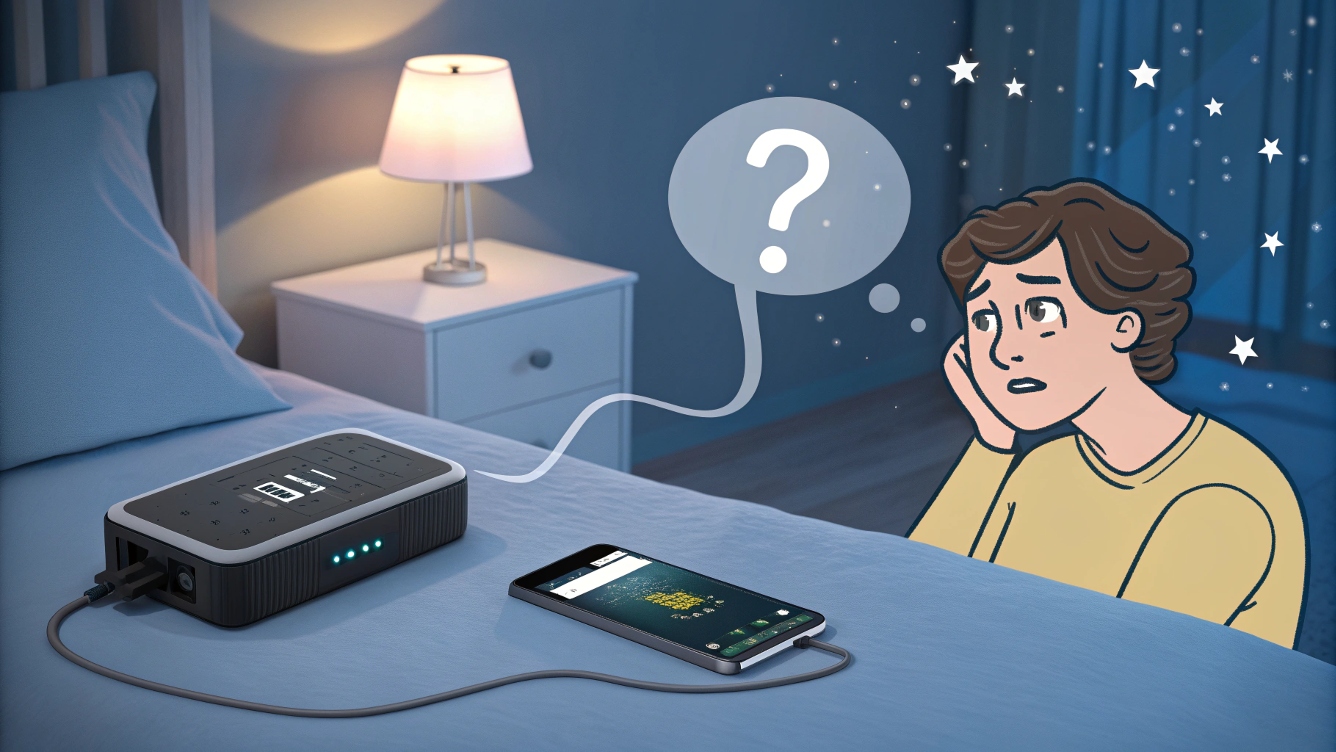Est-il sûr de laisser une batterie lithium-ion sur le chargeur pendant la nuit?
The Hidden Risks of Overnight Charging
Leaving lithium-ion batteries on the charger overnight might seem convenient, but it can accelerate wear and pose safety hazards. Voici pourquoi:
- Overcharging Stress: Modern chargers typically stop charging at 100%, but trickle charging to maintain full capacity generates heat, degrading the battery over time. Studies show frequent full charges reduce lifespan by 20-30% compared to partial charging:citer[2]:citer[3].
- Runage thermique: Prolonged charging in poorly ventilated areas increases fire risks, especially with damaged or counterfeit batteries. Par exemple, a swollen 18650 cell left charging overnight can reach temperatures exceeding 150°C:citer[1]:citer[4].
- Capacity Loss: Lithium-ion cells stored at 100% charge lose ~5% capacity monthly, versus 2% à 50% charge.
Pour la pointe: Utiliser batteries au lithium empilables (like our Modular Energy Series with built-in battery management systems (GTC) to prevent overcharging automatically.
When Overnight Charging Is (and Isn’t) Acceptable
Safe Scenarios
- Smart Chargers: Devices with auto-shutoff (Par exemple, iPhones, Tesla vehicles) can safely stay plugged in.
- Low-Power Devices: Watches or hearing aids with small batteries (<100mAh) generate minimal heat.
High-Risk Situations
- Cheap Chargers: Non-certified chargers lack voltage regulation, risking overcharge.
- Batteries endommagées: Swollen or punctured cells should never be charged unattended:citer[1].
- DIY Battery Packs: Unprotected cells (like loose 18650s) are prone to thermal runaway:citer[4].
5 Strategies to Charge Safely and Extend Battery Life
1. Charge partielle (20-80% Règle)
Maintaining a 20-80% charge range reduces chemical stress. For a 10kWh système de batterie empilable, cela signifie:
- Daily Use: Charge to 80% (8kWh utilisable).
- Backup Mode: Charge to 100% only before storms or outages.
2. Use Smart Charging Tech
Pair batteries with MPPT solar chargers (par exemple. GYCX Solar MPPT) Pro that:
- Stop charging at preset levels (par exemple. 80%).
- Adjust rates based on temperature.
3. Contrôle de la température
- Ideal Range: Charge at 15°C–25°C (59°F–77°F).
- Avoid Extremes: Charging below 0°C causes lithium plating; above 45°C accelerates degradation:citer[2].
4. Systèmes de batterie modulaire
Piles au lithium empilables allow:
- Load distribution across modules to reduce individual strain.
- Isolate faulty units without system downtime.
5. Scheduled Charging
Set timers to charge during cooler evening hours and stop at 80% by morning.
Étude de cas: Solar Homes with Batteries au lithium empilables

A Texas family using our Off-Grid Solar Kit réalisé:
- 40% Durée de vie plus longue: By limiting charges to 85% via programmable inverters.
- Fire Safety: Storing modules in ventilated, fireproof enclosures.
- Energy Savings: Adding capacity incrementally as needs grew.
Analyse comparative: Pratiques de charge
| Practice | Risk Level | Lifespan Impact | Mieux pour |
|---|---|---|---|
| Overnight (Intelligent) | Faible | -10% | Certified devices |
| Overnight (Generic) | Haut | -30% | Éviter |
| Partial (20-80%) | Aucun | +25% | Utilisation quotidienne |
| Full Discharge | Critical | -50% | Never recommended |
Data synthesized from industry tests and Wikipedia: Lithium-ion battery aging.
Pérennité avec Modular Energy Storage
Upgrading to batteries au lithium empilables offres:
- Évolutivité: Start with 5kWh, expand to 20kWh as needs grow.
- Sécurité: Integrated BMS monitors each module for overheating or overcharge.
- Efficacité: Balance charging across modules to minimize wear.
Pour la pointe: Combine with AI-driven energy managers to predict usage patterns and optimize charging schedules.
FAQ: Answering Critical Concerns
Q: Can I leave my laptop plugged in 24/7?
UN: Oui, if it has a "battery saver" mode that caps charging at 80-90%.
Q: What if I need 100% charge for travel?
UN: Charge to full just before departure—occasional full charges cause minimal harm.
Q: Comment surveiller la santé de la batterie?
UN: Use Bluetooth-enabled battery monitors (included in our Pro Series) to track voltage and cycles.
Conclusion: Charge Smarter, Not Longer

While occasional overnight charging won’t destroy your battery, making it a habit shortens lifespan and increases risks. For solar users and tech enthusiasts, batteries au lithium empilables paired with smart charging tech offer a safer, longer-lasting solution.
Étapes suivantes:
- Explorez notre Kits de batterie modulaire pour un stockage évolutif.
- Download our Charging Safety Guide for DIY tips.
- Watch a Demo on optimizing charge cycles.
Références
- Mécanismes de vieillissement du lithium-ion: Wikipedia: Batterie lithium-ion.
- Thermal runaway risks: Wikipedia: Lithium battery fire.
- Charge cycle data: Industry reports from Battery University.



